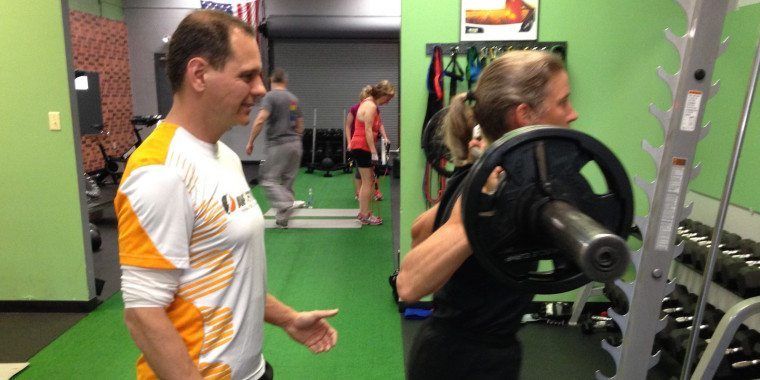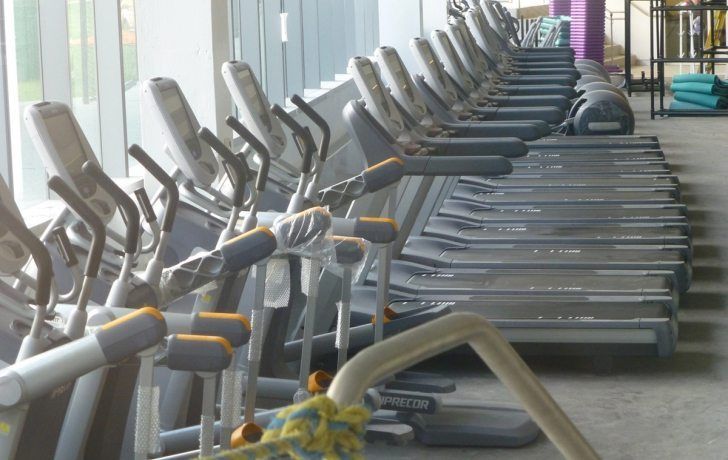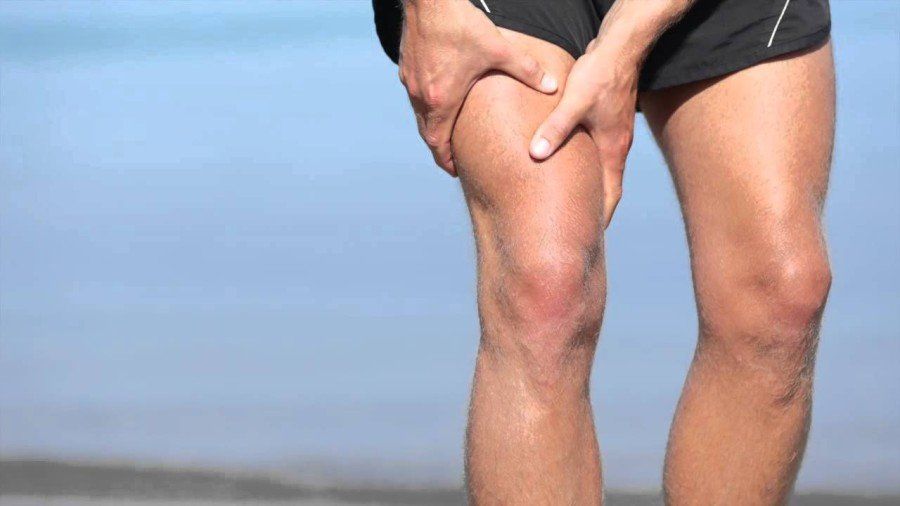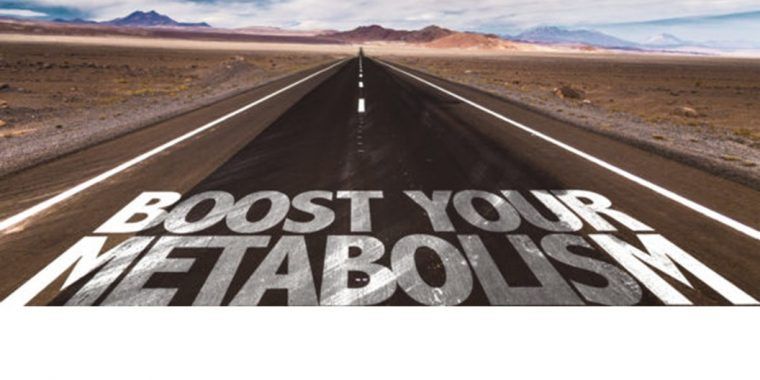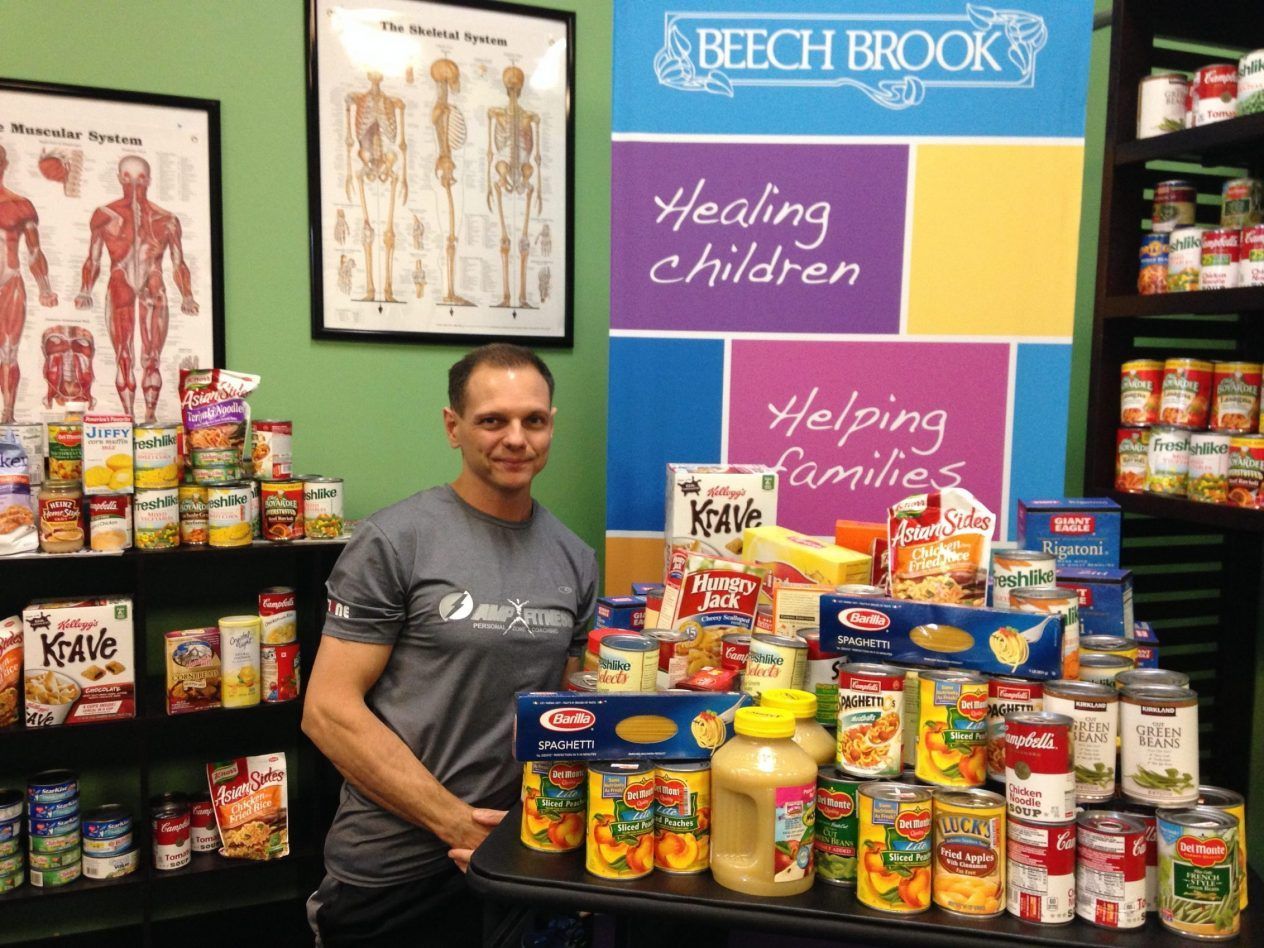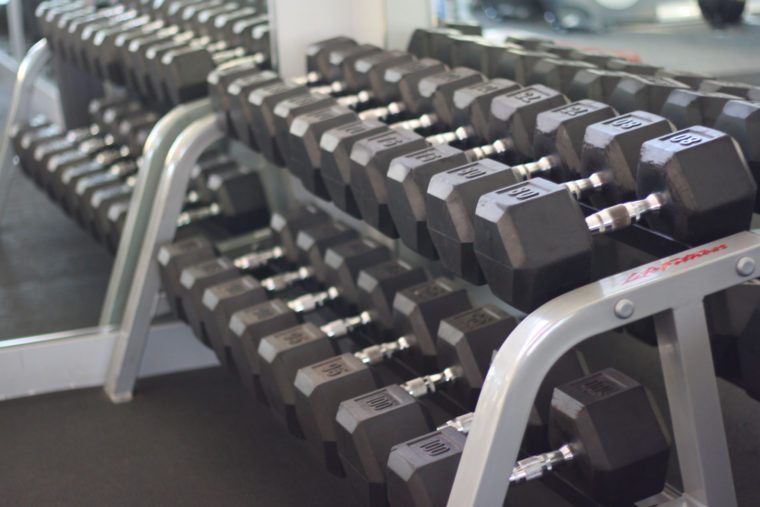Using free weights as part of an exercise program can be a safe and effective means of improving strength and fitness for all ages and fitness levels.
Free weights provide a stimulus for muscle/fitness development, which can improve your health status, increase muscle size, enhance muscle strength, improve power and endurance, and increase bone strength. Increased muscle strength can especially have a positive impact on quality of life for older adults.
It is important to realize that some instruction is necessary before using free weights. Technique, safety precautions and the types of exercises that can be performed with free weights are the most important considerations.
There are two types of free weights, according to the American College of Sports Medicine:
- Barbells: Long bars (four to six feet) with weights attached or slots to add weight plates.
- Dumbbells/Kettlebells: Smaller, single hand-held weights.
Free weights — specifically dumbbells and kettlebells — come in several varieties and are easy to use. Dumbbells styles include chrome, unfinished metal, plastic, thin foam covering and concrete. They generally come in weight increments of 5, 10, 25 and 45 pounds (among others).
The handles on free weights are important because they provide friction for a good grip. The handle should feel comfortable in your hand and should not cause undue muscle fatigue during lifting.
Safety Considerations
- The term “free weight” means the equipment will not restrict movement. Thus, the use of barbells and dumbbells requires more muscular coordination than machines. The risk of injury is also higher. Precautions must be taken when using free weights. Ensure you have a good grip, maintain a stable position sitting or standing, use good technique or form and solicit proper instruction from an exercise professional.
- When picking weights up or putting them down, lift with your legs, not your back.
- Most accidents occur when a weight falls on a body part. This happens when a weight plate is not secure on a bar or when a dumbbell falls out of a person’s hand.
- Consider how you will use the weights. If you are using the weights for general fitness, you probably do not need a partner to spot for you. If you are hoping to greatly increase muscle size, and are lifting heavy weights, find a training partner to spot you.
- Do not attempt to lift too much weight.
Using Free Weights
Free weights are one of the most user-friendly types of exercise equipment. Gains in confidence and knowledge of the exercises that can be performed come quickly. Consult a certified personal trainer to learn more about techniques and exercises that are right for you.
Free weights improve different components of muscle-fitness depending on use.
- Muscle Strength: 5-8 repetitions, 1-3 sets (group of repetitions)
- Muscle Endurance: 15-20 repetitions, 1-3 sets
- Muscle Power: 3-5 repetitions, 1-3 sets
- A set should make the muscles worked fatigued. Rest at least one minute between sets of each exercise.
Muscle groups to train
Exercising the major muscle groups is important for developing fitness.
- Upper body: front and back of arms, shoulders, chest and upper back. Use bicep curls, tricep extension, shoulder press, or bent over row.
- Torso: abdominals, sides of torso (obliques) and lower back. Use abdominal curls, “Bird-Dogs” and side planks.
- Legs: front and back of thighs, calf muscles and buttocks. Use squats, lunges and heel raises.
Technique
- Learn the proper technique for each exercise before proceeding.
- Exercise both sides of the body. After completing an exercise for the front of the body, proceed with a corresponding exercise for the back of the body.
- Breathe. Exhale when it is hardest, and inhale when it is the easiest.
- Move your joints through a full range of motion when performing each exercise.
- Move in a controlled manner. Lower weight slowly. Do not let momentum move the weight.
Posture
- Keep your spine straight.
- Do not hyperextend your spine.
- When picking weights up or putting them down, use your legs, not your back.
Using a spotter
- When lifting heavy weights or trying a new exercise, always use a spotter.
